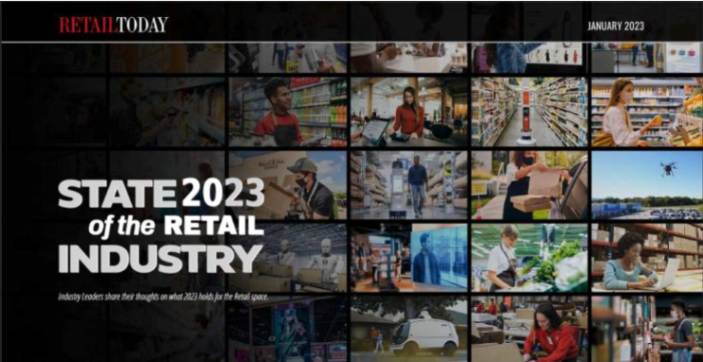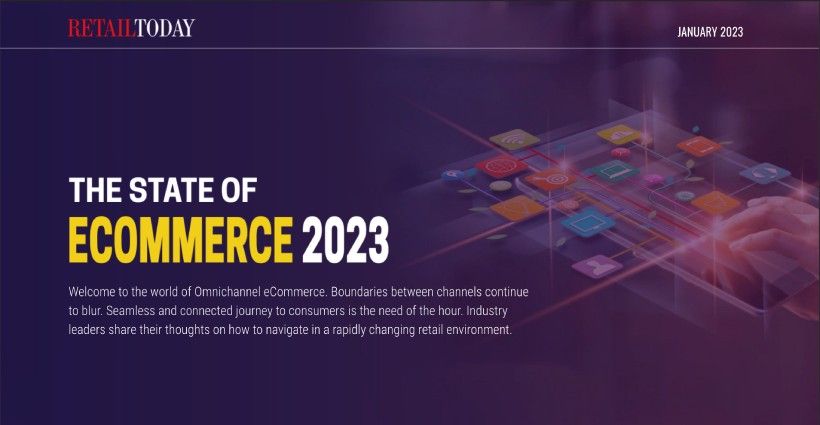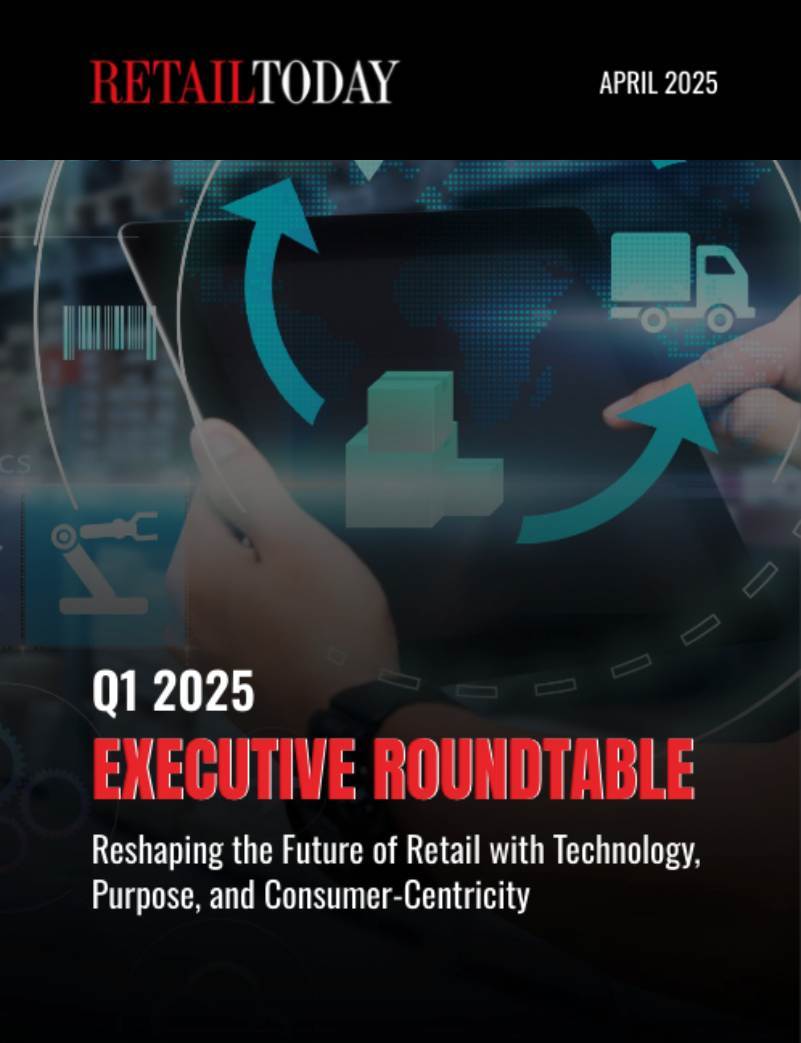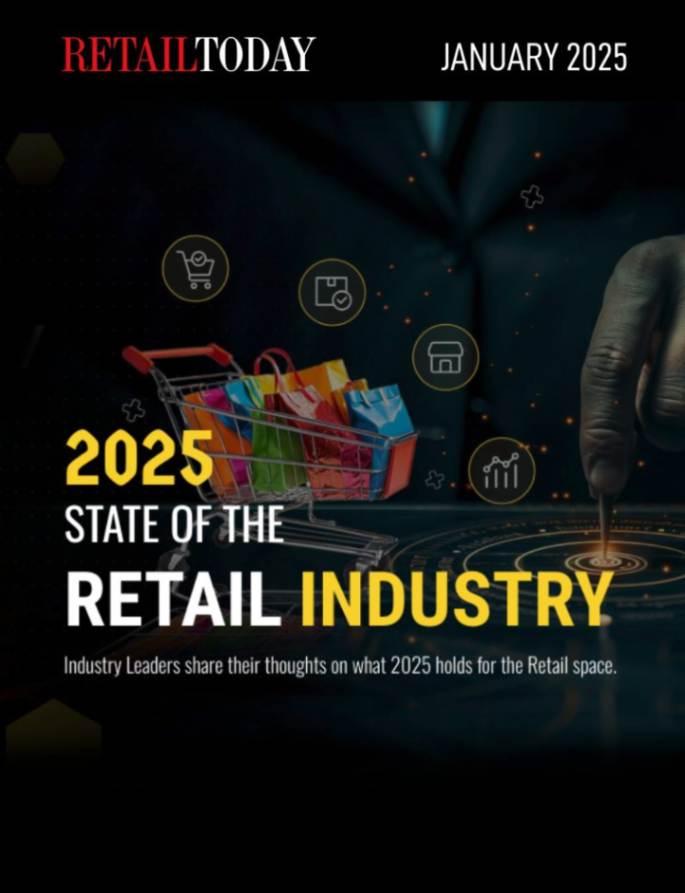
Raise your hand if “regression to the mean” was on your 2023 buzzword bingo card. Many pundits have used the phrase to describe the current state of ecommerce adoption and growth, but data from the latest Pitney Bowes Parcel Shipping Index has found that using the term to forecast the years ahead may be overly simplistic and even misleading.
Now in its eighth year, the Shipping Index uses a variety of data sources and a proprietary forecasting model to assess shipment data from prior years and anticipate how many direct-to-consumer deliveries will be completed over the next five years. By focusing on delivery rates, the Index accounts for the competing impacts of persistent inflation and heavy discounting in 2022.
A secular shift forward
While U.S. parcel volume only decreased 2% in 2022, the Index predicts 2023 shipping volumes will clock in a full year and one billion parcels ahead of what the 2019 Index forecasted would occur by 2023, well before COVID-19 supercharged the ecommerce market. Further, the Index’s five-year outlook calls for shipping volumes to continue to exceed pre-COVID-19 forecasts moving forward.
In other words: the regression has been overhyped. This seemingly permanent shift in channel preferences validates findings from a companion report, the Pitney Bowes Order Experience Index, which tracks changes in consumer expectations and preferences around delivery, tracking, unboxing, and returns. Consumers’ attitudes are shifting in ways that resemble neither 2019 nor any year since.
A new consumer mindset
Federal Reserve data shows that U.S. consumers are now driving and flying at nearly the same rate they were in late 2019, before the start of the pandemic. Yet, office occupancy rates and foot traffic are at or below 50% of pre-COVID levels.
Many consumers—especially more affluent information workers—are now working in hybrid environments and no longer have a set schedule where personal errands, kids’ activities, travel and work are all intertwined. While they may have the flexibility to be home to receive an occasional delivery, having every website promise a conformant two-day delivery window has become a nuisance. What’s more, urgent purchases are once again accessible in local stores, so the need for same-day and next-day delivery has lost significant utility—particularly for consumers who are constantly on the move and are willing to settle for a “good enough” product nearby.
These dynamics have shifted online shoppers’ priority from fast delivery to accurate delivery estimates. In fact, the Pitney Bowes Order Experience Index revealed that more than half of online shoppers consider early deliveries to be inconvenient. A package arriving before the estimated date may sit unattended on a porch or in a mailroom while the shopper isn’t home, raising the risk of theft or damage.
Both shifting consumer sentiment around delivery expectations and this outlook for the shipping landscape present retailers with an opportunity to reevaluate their shipping strategies, save money by reconsidering ultra-fast deliveries, and work with their logistics partners to dial in more precise delivery estimates that support consumers’ latest needs.
Vijay Ramachandran is the Vice President of Go-To-Market Enablement and Experience at Pitney Bowes, a global e-commerce firm executing billions of transactions for the worlds largest retailers. He is an expert in evaluating user experience and the strategic development of product marketing strategies through digital conduits.






